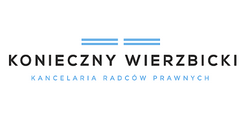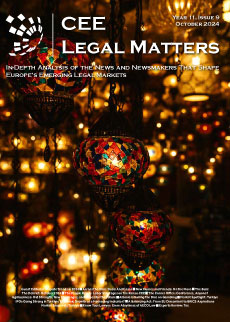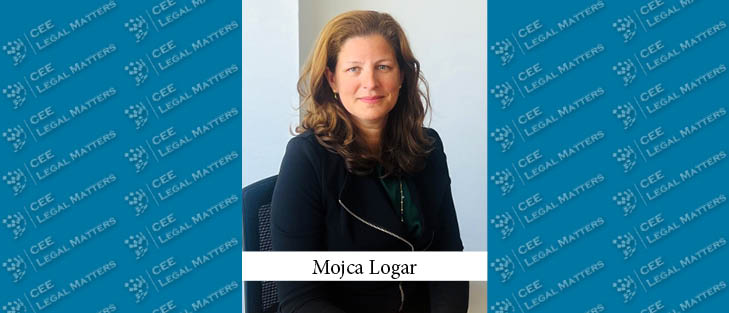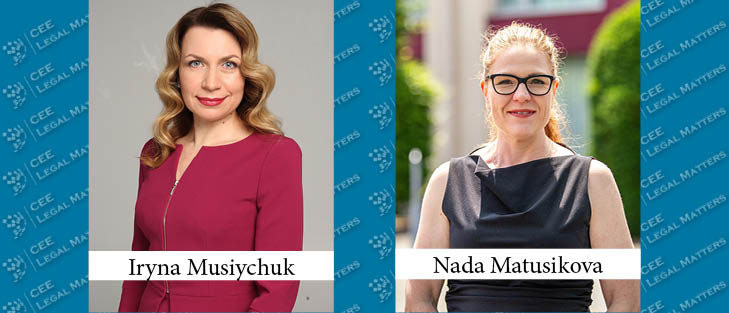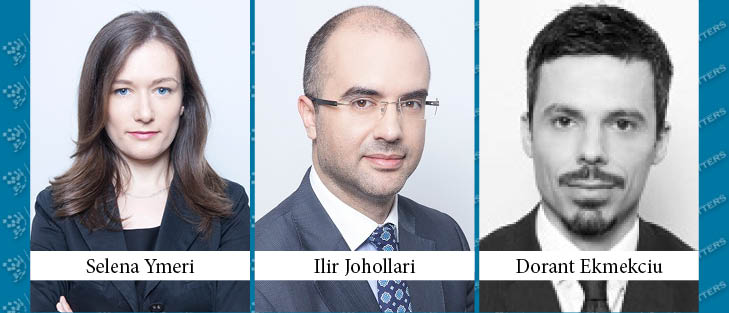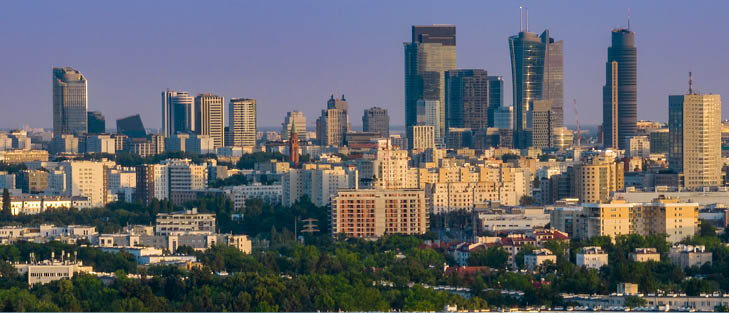Central and Eastern Europe has attracted significant interest from South African investors in the last decade, in a wide range of sectors, including healthcare, retail, FMCG and real estate.
Property in CEE seems to have been the biggest investment market for South African investors. South African property investors, including Real Estate Investment Trusts (REITs), have traditionally favored domestic real estate deals. However, many of South Africa’s major real estate property investors have sought to diversify their portfolios and have looked to CEE to satisfy their appetite for yield-enhancing assets.
The interest shown by South African investors in CEE can be attributed to various internal and external factors.
As a starting point, South Africa applies a strict exchange control regime. In brief, South African investors must obtain exchange control approval for their investments outside of South Africa. Fortunately, the exchange control regime has been streamlined to facilitate legitimate cross-border investments with minimum red tape. Technically, exchange control approval must be granted by the Financial Surveillance Department (FSD) of the South African Reserve Bank. In practice, the large commercial banks have been appointed as “Authorized Dealers” and have the authority to process cross-border investments without reference to the FSD, provided that the prescribed requirements are satisfied. Companies are permitted to transfer up to ZAR 1 billion (USD 70.3 million) per calendar year for “foreign direct investment purposes” or “foreign portfolio investments.” Additional amounts may be invested with the approval of the FSD. Institutional investors are permitted to hold a certain percentage of foreign assets in their portfolios. This has resulted in South African investors being very selective about their cross-border investments.
On June 10, 2016, the European Union and six members of the Southern African Development Community, including South Africa, signed an Economic Partnership Agreement (EPA). It is expected that this EPA will contribute significantly to the promotion of investment flows between South Africa and the EU once it comes into effect.
It is well-known that South Africa has been buffeted by the winds affecting emerging markets. South Africa is beset by a volatile currency and is perceived as having an unstable political and economic climate. These factors contribute to South Africa being perceived as an increasingly risky investment environment, which has seen some of South Africa’s major investors, particularly property and retail investors, look to CEE. The conduct of the South African government has done little to effectively allay these perceptions. Notwithstanding the above, there are many common emerging market factors shared between South Africa and CEE. As a result, certain South African investors find CEE more attractive from the perspective of being familiar with some of the features of the business and economic environment. In particular, low international competition in CEE markets allow South African investors to invest meaningfully and grow organically, which South African companies find increasingly difficult in more developed markets.
Generally, the CEE region represents an attractive risk-reward profile, and with the limited competition and lower funding costs in CEE markets, the region is a more enticing destination than markets such as the UK, and even South Africa, where property yields for prime assets are unlikely to match the cost of debt funding.
JSE-listed REIT’s are finding worthwhile opportunities in CEE’s markets. As much as 40% of this sector’s investments are offshore – and half of that is in Eastern Europe.
This is due to varying factors, which include low interest rates, high yields, and the fact that CEE’s economies have outpaced the more traditional European powerhouses (i.e. the United Kingdom, Germany, and France) in recent years. CEE countries such as Poland, Czech Republic, Romania, and Slovakia have experienced steady GDP growth in recent times. In 2017, Romania was the fastest growing economy in the European Union with an estimated GDP growth rate of 6.4 per cent.
In addition, favorable macroeconomic factors in most of CEE (such as the rate of unemployment, public debt-to-GDP ratio, and a rise in the minimum wage level) translate to CEE being a region with consumers having more disposable income and thus contributing to a larger financially inclusive population. The investment potential of CEE is further enhanced by the highly-educated population, and relatively lower levels of inequality (as compared with South Africa). There has been a recent spike in foreign investors exploring CEE opportunities in the healthcare, retail, and FMCG markets. In South Africa, retail markets have tended to outperform assets in other classes. In countries with a less mature retail industry, this sector remains very attractive for South African investors, and we have seen several South African retailers pursuing opportunities in CEE. This is likely to increase in the foreseeable future and it comes as no surprise that approximately EUR 3 billion was invested in the Traditional Shopping Center segment in CEE in 2016.
With the current investment climate in South Africa, South African investors will continue to view CEE as a favorable investment decision as long as investment fundamentals can be met.
Shahid Sulaiman, Partner, and Aabeed Abdullatief, Associate, Dentons South Africa
This Article was originally published in Issue 6.10 of the CEE Legal Matters Magazine. If you would like to receive a hard copy of the magazine, you can subscribe here.






